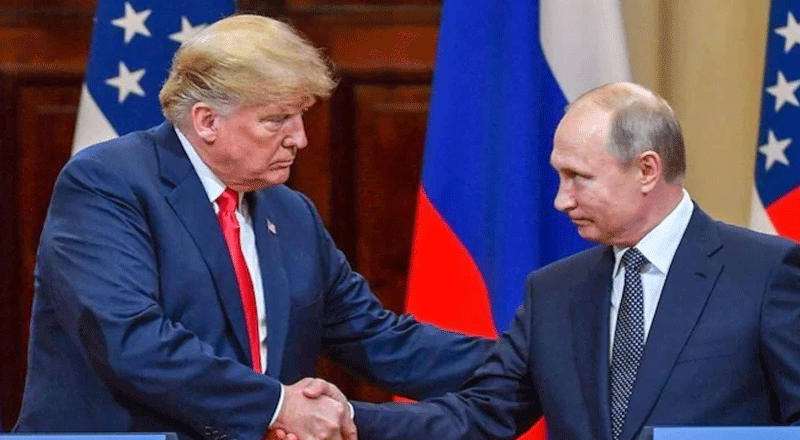Echoes of the Past in Modern Protest
In New Zealand, the threads of history and modern politics are colliding in an unprecedented protest that has gripped the nation. Over 35,000 protesters recently marched to Parliament in Wellington, waving the Maori flag, singing traditional songs, and performing the haka—a cultural expression of defiance and unity. This massive demonstration, rooted in Maori tradition, aims to resist a proposed bill that seeks to redefine the 1840 Treaty of Waitangi, New Zealand’s founding document. The protest represents not only resistance to legislative changes but also a broader fight for Indigenous rights and the integrity of a treaty that has shaped the nation’s identity.
The Treaty of Waitangi: A History of Promise and Breach
The Treaty of Waitangi, signed in 1840 between the British Crown and over 500 Maori chiefs, is central to New Zealand’s founding narrative. It promised the Maori people the same rights as British citizens while ceding governance to the Crown. However, discrepancies between the English and Maori versions of the treaty led to centuries of tension. While the English version implied full sovereignty for the Crown, the Maori text suggested a partnership.
For decades, these misunderstandings and systemic breaches eroded Maori rights, leading to the loss of land, language, and cultural practices. By the mid-20th century, Maori communities faced widespread disenfranchisement, and their grievances became a rallying point for protests demanding justice and recognition.
Steps Toward Reconciliation: The Revival of Treaty Rights
Over the last 50 years, New Zealand has made strides toward rectifying historical wrongs. The establishment of the Waitangi Tribunal provided a platform to adjudicate claims of treaty breaches. Policies to revive the Maori language and address social inequities have gradually been woven into New Zealand’s legislative fabric. Billions of dollars in settlements have been awarded to Maori tribes as compensation for historical grievances, and Maori culture has experienced a renaissance, with greater representation in governance and cultural visibility in everyday life.
Despite these advances, challenges remain. The inequities stemming from colonization persist, and the struggle to balance Maori sovereignty with national unity remains fraught.
The Controversial Bill: A Flashpoint in Race Relations
The current wave of protests stems from a proposed bill introduced by the Act Party, led by David Seymour, himself of Maori descent. The bill seeks to legally define the principles of the Treaty of Waitangi and apply them uniformly to all New Zealanders. Proponents argue this would eliminate what they perceive as racial favouritism toward Maori. Critics, however, see it as an attack on Maori rights and an attempt to dilute the treaty’s role in protecting Indigenous interests.
Legal experts, former prime ministers, and thousands of protesters oppose the bill, viewing it as a potential threat to New Zealand’s constitutional framework and a rollback of progress made in honoring treaty obligations. Though the bill passed its first reading due to political deals, it is unlikely to survive further scrutiny.
The Hikoi: Walking in Protest and Tradition
The protests have also revived the tradition of the hikoi, or walking march, a peaceful form of Maori resistance. Starting from across the country, participants journeyed to Wellington, drawing attention to their cause while invoking the spirit of unity. The march culminated outside Parliament, with speeches, songs, and the waving of flags. The powerful visual and cultural display underscored the Maori community’s commitment to protecting their heritage and resisting perceived injustices.
Impact of the Protests: A Nation at a Crossroads
The protests have already left a significant mark. Parliament sessions were disrupted when MP Hana-Rawhiti Maipi-Clarke, the youngest MP in nearly 200 years, performed the haka and tore up a copy of the bill during a debate. Her defiance became a viral moment, symbolizing the fierce resistance to the proposed legislation.
The demonstrations have sparked widespread dialogue about New Zealand’s racial dynamics, the enduring significance of the Treaty of Waitangi, and the challenges of reconciling Maori sovereignty with a modern democracy.
Honoring the Past, Securing the Future
The protests against the proposed bill are more than a moment of resistance; they are a continuation of a centuries-long struggle for justice and recognition. The Treaty of Waitangi is not just a historical document but a living commitment to partnership and equity. Attempts to reinterpret its principles risk undermining the delicate balance between Indigenous rights and national governance.
As New Zealand navigates this critical juncture, the protests serve as a powerful reminder that the promises of the past must guide the policies of the future. The Maori people’s unwavering commitment to their heritage and rights demonstrates the strength of a community determined to uphold its dignity and autonomy. For New Zealand, the path forward lies in honoring its founding treaty, not redefining it, ensuring that the spirit of partnership envisioned in 1840 continues to thrive in the years to come.
(With inputs from agencies)





